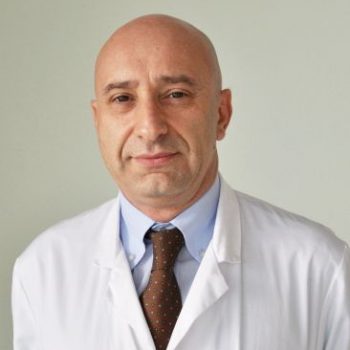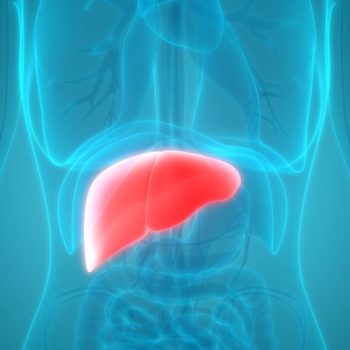According to experts, there is still a long way to go to eradicate hepatitis C. The most important step would be to trace all patients who are not being treated. The ‘sunken’ patient identikit describes a person between the ages of 50 and 55 with a history of medical treatment or occasional risky behaviour. Obviously these are individuals who have never been tested or who have done so without being positive and have not repeated it again. We talked about it with Dr. Roberto Ceriani, hepatologist at Humanitas.
There are 150 thousand patients treated with new therapies
According to the latest data available recently in Italy, more than 150,000 treatments have been carried out with new therapies, but there are at least as many people who know they have the virus but do not treat themselves because they are asymptomatic, plus tens of thousands who do not know they are positive.
According to the experts, everyone should be treated, both for their individual health and to reduce the possibility of transmission. It is particularly important to treat those who have other concomitant diseases, such as cancer, because not having hepatitis reduces the side effects of chemo, as well as avoiding that you have to stop treatment because you raise the transaminases. The collaboration of general practitioners would be needed, as well as more information in general.
The importance of involving general practitioners
Massimo Galli, president of the Italian Society of Infectious and Tropical Diseases (Simit), also agreed on the involvement of general practitioners: “There are populations, like prisoners, who have a high rate of drug addicts and immigrants, drug addicts in the strict sense and men who have relationships with other men who need to be educated and emerged – explained Galli – but the key element is to reach those who are 50-55 years old and maybe live the disease unconsciously, or even if they know they do not know they can be treated with great success and with extreme ‘comfort’. We do not carry out proactive research as is the case in other countries such as France and Great Britain, while the Regions should take action and carry out awareness-raising campaigns aimed at general practitioners”.
The opinion of the hepatologist
“To date, just over 162,000 patients have been treated with the new antiviral drugs DAAs (Direct Antiviral Agents) since 2015, so the goal of eradicating the C virus infection, treating 80,000 patients a year in the three-year period 2017-2019, does not seem achievable – said Dr. Ceriani -. After more than a year and a half since the lifting of the restrictions and the possibility, for all infected patients, to be treated, less than 50% of patients have been treated. In fact, the Regions do not have a shared care path and the Fund for Innovative Medicines is only partially used by them. The patients to be treated must be sought in the tanks outside our authorized clinics but it is necessary that the Regions create eradication paths for the taking in charge and the initiation of treatment of patients with C virus infection, also involving all subjects and facilities concerned for example: General Practitioners, SERT, NOA, prisons or other.








